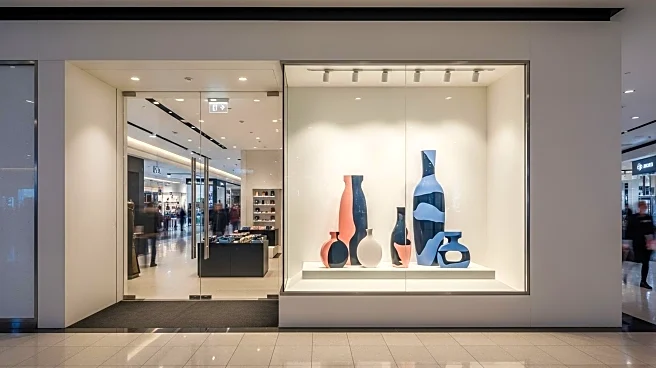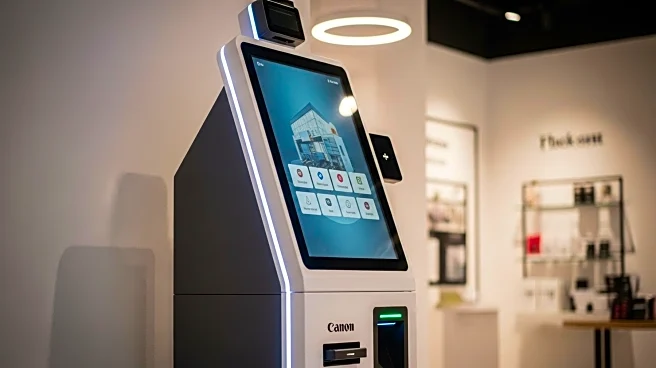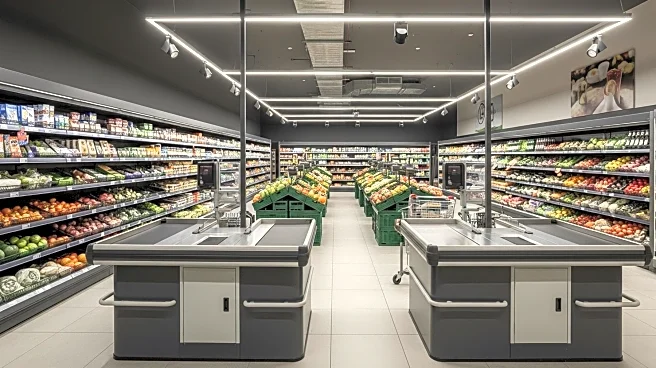What's Happening?
Retailers and developers are reevaluating strategies for operating stores in B malls, which typically experience lower traffic compared to A malls. Experts suggest that maintaining a flagship mentality, even in smaller spaces, can help preserve brand identity and meet customer expectations. Key factors for success include hiring top-notch employees and optimizing merchandising to fit the local market. Successful stores in B malls often engage with mall management and adapt to the mall's evolving dynamics, ensuring sustainable operations.
Why It's Important?
The focus on B malls reflects a broader trend in retail where businesses are seeking to maximize opportunities in less competitive environments. By tailoring operations to local conditions and maintaining strong partnerships with mall management, retailers can achieve sustainable success despite the challenges of lower foot traffic. This approach highlights the importance of flexibility and local engagement in retail strategy, which can lead to increased customer loyalty and improved sales performance.
Beyond the Headlines
The shift towards optimizing B mall operations may lead to a reevaluation of retail strategies across the industry, emphasizing the importance of local adaptation and community engagement. This could result in a more personalized shopping experience for consumers and potentially drive innovation in retail practices.










